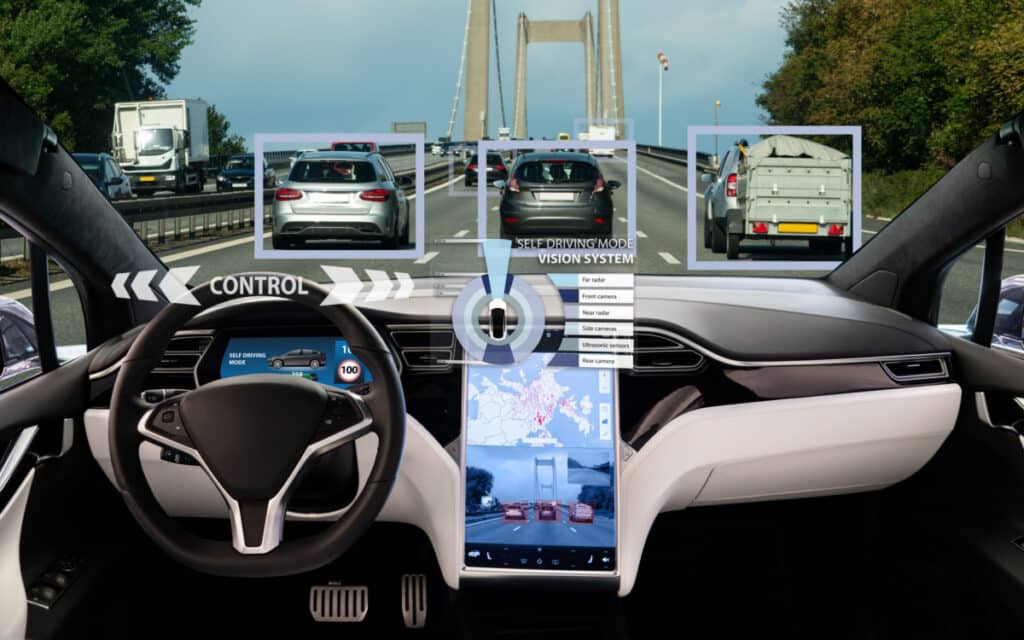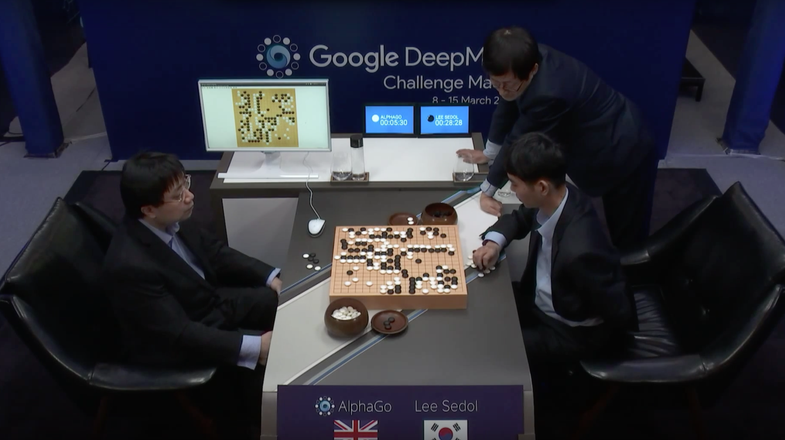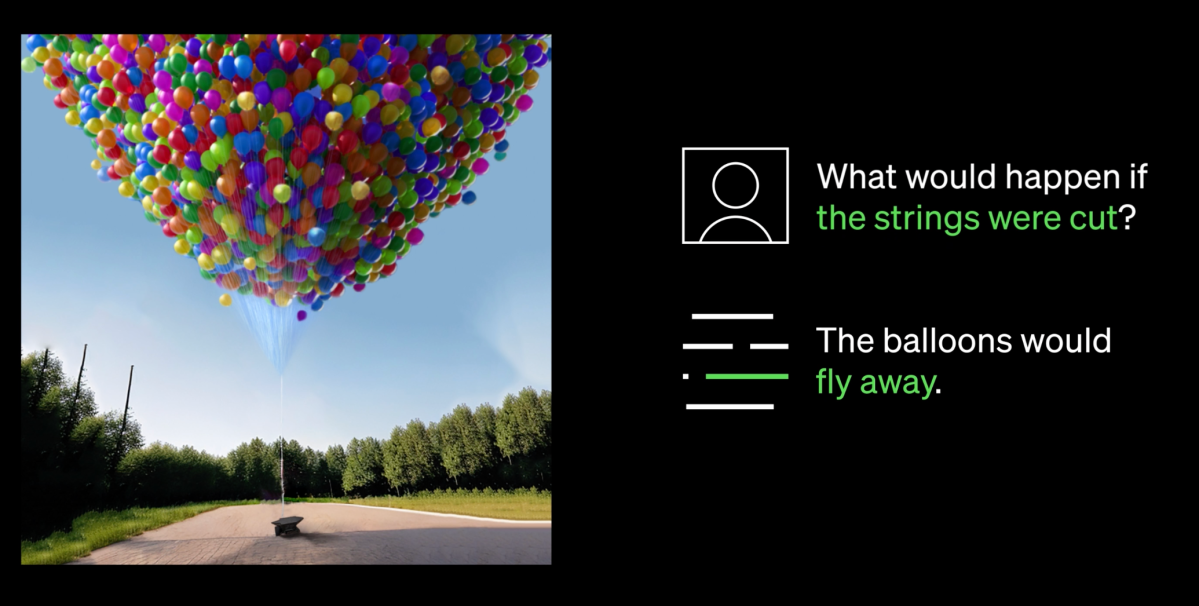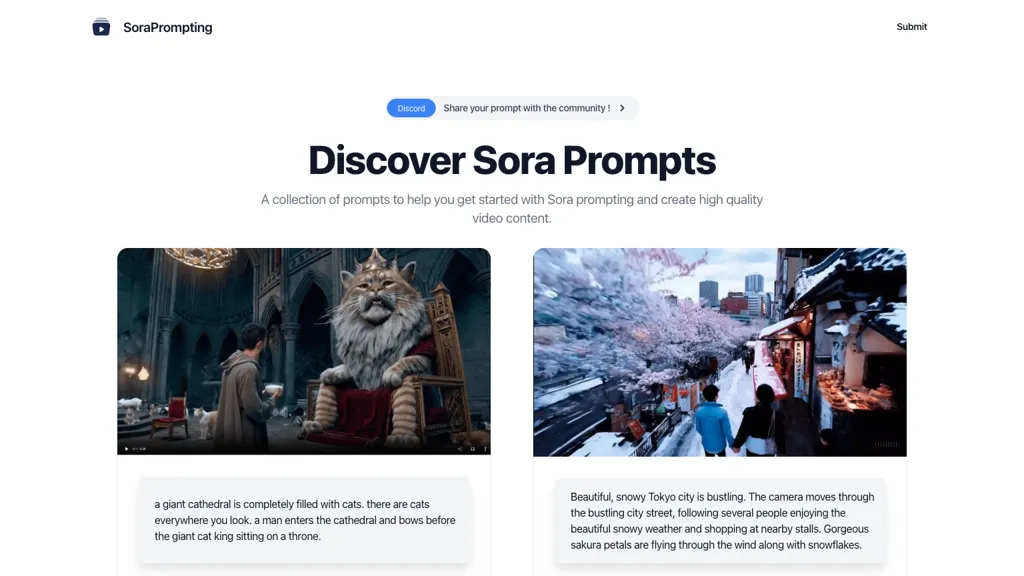2024 Most Advanced AIs
The race to create the most advanced AI system is heating up with companies and researchers from around the world competing to push the boundaries of what's possible. But what is the most advanced AI system in existence right now? We'll explore the cutting edge developments in the AI space and highlight the 10 most sophisticated systems that have been developed so far.
#10 Otter.AI
Beyond the basic transcription capabilities, Otter.Ai offers several advanced features that set it apart from other AI assistants. For example, it includes live notes that allow users to add photos, links, and emojis to their transcripts, helping them to capture key insights and takeaways from meetings and conversations. Additionally, Otter.Ai provides action items, which are auto-generated lists of tasks that can be shared with other users, making it easy to stay on top of important tasks. With these features, it is an invaluable tool for productivity and collaboration. These capabilities make it stand out as one of the most innovative and useful AI assistants available. It's a powerful tool for both individuals and organizations looking to improve their productivity, and it shows great promise for the future of AI-powered productivity.
#9 Tesla Autopilot
Renowned for its electric cars, Tesla isn't just about vehicles. It's delving deep into artificial intelligence to enhance driving. Their brainchild, the Tesla Autopilot, is a sophisticated AI system It employs cameras, radar, sensors, and GPS to take the wheel, quite literally. With "Autopilot" engaged, the Tesla can steer, accelerate, and break on its own, even handling parking and reversing, all while keeping an eye on the road for potential hazards. Remarkably, it boasts an impressive 90 to 95% accuracy in accident detection, a feature that significantly reduces the risk of collisions. The magic behind Tesla autopilot lies in its cutting-edge AI tech, which includes computer vision, deep learning, sensor fusion, and motion planning. But what sets it apart is its use of deep reinforcement learning. This means that over time, autopilot isn't just static. It's actively learning and evolving through experience. This continuous learning loop allows it to make split-second decisions on the road, often outperforming human drivers in terms of safety and efficiency.
#8 Watson (IBM)
Watson is the brainchild of IBM. Initially designed as a chatbot, armed with advanced language skills and neural networks, Watson's journey took a thrilling turn when it faced off against human champions on the iconic quiz show, Jeopardy. Surpassing expectations, it clinched victory, claiming a hefty prize of $1 million. Since then, it has evolved into a versatile tool, finding its way into various applications crafted by IBM engineers. From customer service to virtual assistance and chat bots to recommender systems, Watson's prowess knows no bounds.
But Watson's talents extend far beyond trivia and customer queries. In the realm of health care, it showcases its ability to analyze images and predict conditions, even spotting potential skin cancers from a mere photograph. With remarkable precision, Watson identifies ailments ranging from cancers to cardiovascular diseases, offering tailored medication recommendations. Hospitals and health centers worldwide harness the power of Watson to enhance patient care and diagnosis. Empowered by today's robust computational resources, Watson AI transcends the boundaries of traditional human capabilities. It sees, hears, speaks, and learns, mirroring the faculties once exclusive to humans.
#7 AlphaGo (Google DeepMind)
Around 2014, Google DeepMind introduced AlphaGo, an extraordinary AI. It gained fame in 2016 by defeating Lee Sedol, a top Go player in a five-game match, grabbing headlines worldwide. Go, an ancient Chinese board game, is simple in rules but incredibly complex, relying heavily on human intuition. Many believed its intricacies made it too challenging for machines to grasp.
Surprisingly, AlphaGo not only learned the game, but also developed human-like intuition, playing creatively beyond anyone's expectations. This feat was achieved through deep reinforcement learning, where a Convolutional Neural Network, CNN, was trained on vast data sets of human Go games, refining its skills through trial and error. The victory against Sedol marked a pivotal moment in AI and machine learning history, showcasing AlphaGo's potential beyond Go. DeepMind researchers help its versatility, demonstrating applications in regulating Google data center cooling systems and tackling diverse challenges like protein folding. Ten years later, it still stands as one of the most advanced AI in the world.
#6 DALL.E 3
Dall.E 3 is Open AI's latest breakthrough, following in the footsteps of Dall-E 2, unveiled in March 2022. Inspired by Salvador Dall.E and Wall.E from Pixar, Dall.E 3 takes creativity to new heights. It isn't just an upgrade, it's a leap forward. Openai claims it understands even the subtlest nuances, making it a wizard at turning text into images that match your imagination. Imagine describing your dream image and poof. DALL.E 3 brings it to life. From specific features to detailed scenarios, this AI powerhouse can tailor-make images for various purposes.
But here's the trick: conveying the vision effectively. That's where ChatGPT comes in handy as a prompt generator, helping users articulate their ideas for DALL.E 3 to work its magic. If the first attempt doesn't quite hit the mark, fear not. Users can tweak and refine until they are thrilled with the outcome.
DALL.E 3 has some ground rules that prohibit violence or hateful content. Plus, it politely declines requests for images of public figures or in the style of living artists. These safeguards aren't just for show. They're part its mission to promote responsible AI use and combat misinformation.
Google's Genie
Genie, termed an actionable, controllable world model by its creators, has been trained on over 200,000 hours of publicly available 2D platformers from the Internet. It can interpret prompts, sketches, and images to generate virtual worlds, craft assets from scratch, and adjust pixels according to player interactions. Universe. One of its remarkable features is its grasp of physics, acquired through extensive unsupervised training spanning hundreds of hours. This comprehension enables it to navigate various layers of game mechanics, including player control, actions, and movement. Beyond game development, there is potential for its application in robotics, aiding in the training of robots to navigate environments.
Genie's exceptional performance is attributable to its utilization of cutting-edge technology, namely, the variational quantum VAE, VQVAE model, and spatial temporal transformer, ST Transformer architecture. These technologies enable the model to maintain a balance between efficiency and capacity, crucial for processing complex video data and yielding realistic and immersive virtual environments. With Genie, a single image input can result in the creation of an entirely new interactive, creative virtual environment.
#4 GPT-4
GPT-4, OpenAI's latest language model, follows in the footsteps of its predecessor, GPT-3.5. Boasting cutting-edge reasoning and creative capabilities beyond imagination, it features a staggering 1.76 trillion parameters and has been trained on a vast array of text data, including diverse programming languages. Notably, it transcends mere text processing, showcasing proficiency in handling visual data like images.
This makes GPT-4 a formidable multimodal AI, seamlessly integrating language and vision domains. Additionally, it stands out for its remarkable processing capacity, capable of handling up to 25,000 tokens per request compared to its predecessor's 3,000 token limit. This means it can summarize entire 10-page PDFs in a single interaction.
#3 Google Gemini
Gemini stands as a remarkable AI system, constructed from the ground up using Google's advanced AI technology stack. Unlike many AI models limited to text, it boasts multimodal capabilities, comprehending and responding to text, images, audio, code, and videos, making it exceptionally versatile. Offered in three distinct sizes, it provides options tailored to various needs.
Gemini Ultra, the most potent version, excels in handling complex tasks in the cloud, showcasing remarkable reasoning abilities. Demonstrations on their YouTube channel exhibit its flawless execution of tasks with multiple inputs.
Gemini Pro strikes a balance between power and portability, ideal for daily use, and accessible through platforms like BARD and Google AI Studio.
Finally, Gemini Nano, the smallest version, ensures portability by efficiently running on smartphones, enabling AI usage on the go.
Gemini surpasses competitors like OpenAI's GPT-4 in benchmarks, particularly in grasping intricate concepts such as mathematics, coding, literature and reasoning. Its prowess makes it invaluable for tasks like research, code generation and elucidating scientific theories. Google has made Gemini Pro accessible to developers via their API, now completely free and accessible through Google AI Studio, formerly known as Maker Suite.
#2 Claude 3
The Claude 3 model family establishes new standards within the industry across various cognitive tasks. Comprising three cutting-edge models, Claude 3 Haiku, Claude 3 Sone, and Claude 3 Opus, the family offers escalating levels of capability. Users can choose the ideal balance of intelligence, speed, and cost tailored to their specific needs. Opus and Sone are currently accessible via Claude.ai and the Claude API, now accessible in 159 countries. Haiku will soon join them. Opus stands out among its counterparts in most common AI evaluation benchmarks, exhibiting near-human comprehension and fluency in complex tasks, thus pushing the boundaries of general intelligence.
All Claude 3 models demonstrate enhanced capabilities in analysis, forecasting, content creation, code generation, and multilingual conversation. These models are suitable for powering live customer chats, auto-completions, and real-time data extraction tasks. The Claude 3 models boast sophisticated vision capabilities, able to process various visual formats such as photos, charts, and technical diagrams, catering to enterprise customers with diverse knowledge bases.
Initially offering a 200k context window, these models can handle inputs exceeding 1 million tokens, potentially available to customers requiring enhanced processing power.
#1 Sora AI
Sora possesses the capability to generate intricate scenes featuring multiple characters, specific movements, and precise details of both subjects and backgrounds. It comprehends user prompts and their real-world implications, showcasing a deep grasp of the language to craft expressive characters with vivid emotions. Additionally, Sora can produce various shots within a single video, maintaining consistency in characters and visual style.
Based on the technology of DALL.E 3, Sora operates as a diffusion transformer, employing a denoising latent-diffusion model with a transformer serving as the denoiser. It generates videos in latent space by denoising 3D patches, which are then transformed into standard space through a video decompressor. The model is augmented with recaptioning, utilizing a video-to-text model to enrich training data with detailed captions.
Sora is trained using a mix of publicly available and licensed copyrighted videos, although the exact number and sources remain undisclosed.
Researchers highlight Sora's ability to autonomously generate 3D graphics from its dataset and create diverse video angles without explicit instruction.
OpenAI marks Sora-generated videos with C2PA metadata to denote their AI origin.




































